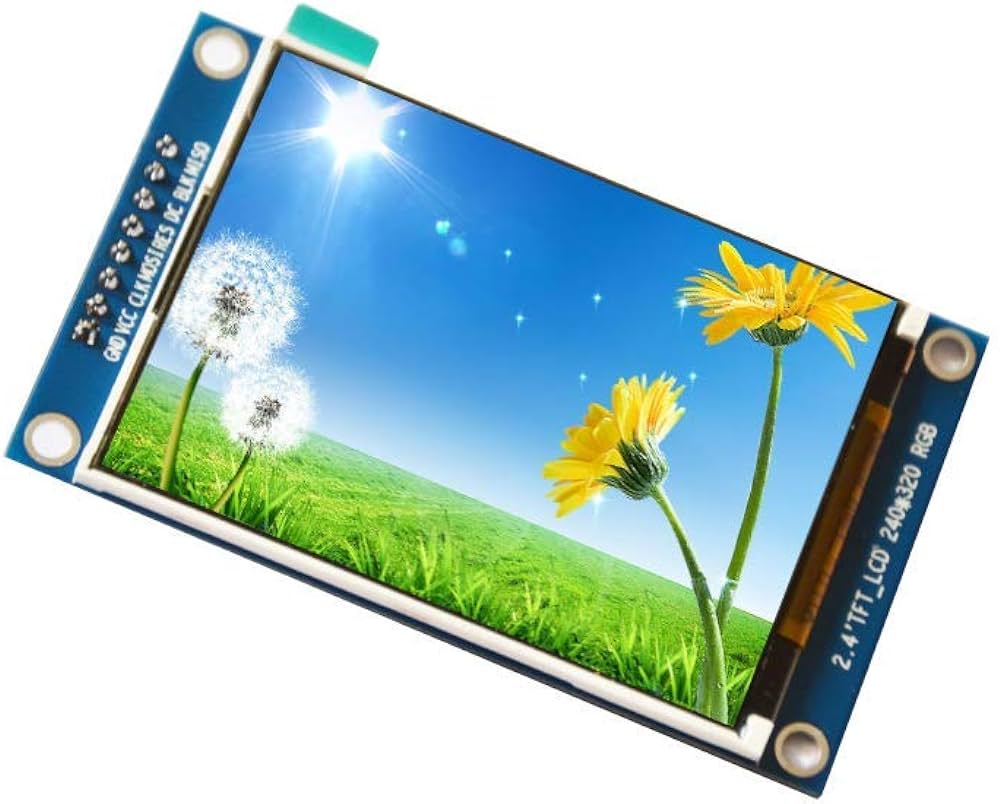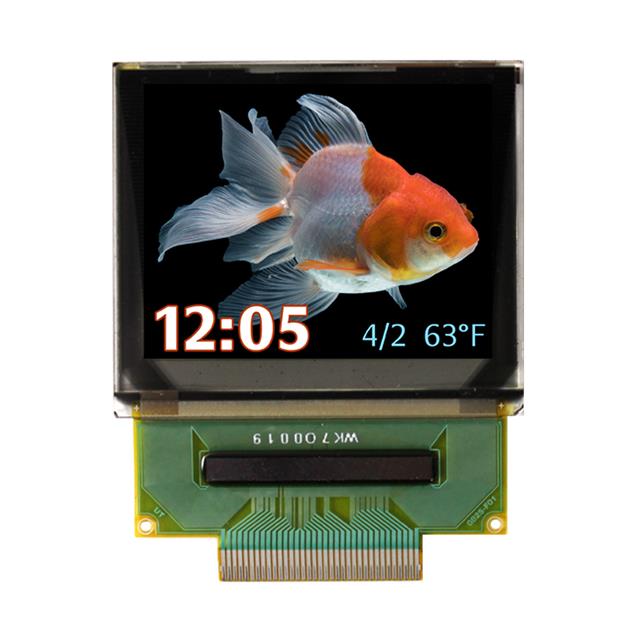
The LCD technology is probably one of the ones with the longest-standing history. The LCD display managed to survive for so many years in the market because it’s versatile and flexible. And those are the main qualities a piece of technology should have. Today, consumers are constantly searching for the next gadget to provide them with a completely new experience. And color LCD screens definitely took that assignment seriously.
They’ve definitely come a long way since the initial models. It’s almost impossible to even make a comparison between the robust models of the past and the elegant displays we have now.
Initially, LCD technology started out with large and heavy monochrome screens. And don’t get us wrong, these black and white screens were very popular back then and are even now. But color LCDs brought something new to the scene. Monochrome screens started the long history of LCDs and they marked the first important milestone.
Back then, the black and white screens were the most modern LCD model you can find. And they provided their users with an enjoyable visual experience . Today, you can still see how widespread the use of monochrome displays is. You can still find them in calculators, digital wristwatches and devices used outdoors. They are even used in more complex applications such as industrial settings. So, there’s no denying their simplicity and quality.
But what do color screens have to offer? What kind of experience can they offer? To find out more, keep reading as we try to dig a bit deeper and see what makes these displays so special.
Color LCDs and the technology behind them
The fascinating technology behind color LCD screens includes several different components that all blend together. First of all, we have the liquid crystals that are at the very center of the display technology. They were first used back in 1970. And behind the liquid crystals, there is a layer of backlight that serves to illuminate the display. They contain different components and help produce images on the screen.
There are also color filters included. They are usually red, green and blue(RGB). They help create the desired color output you see on the screen. TFT or thin-film-transistors are another crucial component. They allow precise control over the liquid crystals. And finally, color LCDs also have polarizers that control light polarization.
Color LCDs and their use wide use across different industries
As mentioned, color LCD screens are used across different industries thanks to their versatility. These vibrant displays have found their purpose in many different types of applications and are used to improve communication, productivity and user experience. Some of the industries where this technology has found its place are listed below.
Consumer electronics
Color LCD screens are widely used in consumer electronics. Anyone who owns a smartphone, laptop or a modern television system, knows what we’re talking about. These displays offer vibrant colors and high resolutions that give users a high-quality viewing experience. With color LCDs you can easily enjoy your favorite entertaining content.
Automotive industry and motor vehicles
The automotive industry is quickly changing and each new motor vehicle has new handy features. Most of the displays used in motor vehicles are in fact color LCD screens. They display all the important information to drivers and make sure the drivers have a safe driving experience.
Also, all the entertainment devices within a motor vehicle, especially the ones found in the latest car models, also use color LCDs to provide easy access to drivers.
Healthcare and medical industry
Healthcare professionals need to be able to quickly read information on medical devices for a quick diagnostic process. That’s where color displays enter the stage. These displays allow medical staff to get detailed images on their X-ray machines and MRI scanners. They are also used in ultrasound machines and other medical imaging equipment.
Gaming and entertainment
A passionate gamer knows the importance of having a high-quality and sharp image. A high-quality color LCD can offer high refresh rates and low response times, everything a gamer needs to smoothly play their favorite games. Color LCDs are used in consoles and other handheld gaming devices .
Industrial automation
Color LCDs are used in industrial control panels and in digital signage in industrial settings. They provide operators with exact data and give clear visual feedback for improved monitoring.
Aviation and aerospace
Color displays have also found their place in aircraft cockpits. They are used to display flight information, navigation data and engine performance metrics. They are highly-readable and are efficient in all lighting conditions. They are also a great option for applications in direct sunlight
Education and training
Multimedia displays and interactive whiteboards also employ color screens to provide learners with an engaging learning experience. They make learning more engaging and allow access to interactive content.
The final word
Color LCDs are definitely a piece of technology that keeps improving and developing to satisfy the needs of modern consumers. As you can see, the vibrant screen is used across different industries to display sharp and high-resolution content. From automotive and aircraft industries to healthcare and gaming, color LCDs serve to show information in a clear way and allow users to quickly decipher the information displayed.
We have yet to see what these screens have in store for the future but we can safely assume that they’ll continue to surprise and keep providing an immersive viewing experience.





